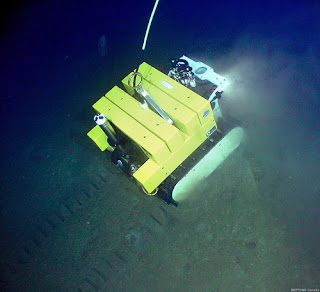A terrific cashier assisted us when we arrived... What a marvelous 'front desk' persona he brings to his job. His manner was very friendly, he was helpful …You must be so proud of staff like him. For visiting Aussies - what a great guy and what a magnificent museum!
~ A museum visitor from Australia
One could not ask for more than that as a first impression. I’m intrigued by the importance of positive (and negative) human interaction in shaping a memorable visitor experience.
As a child, I have a memory of visiting a place called Cheddar Gorge in England. The caverns at Cheddar are spectacular - but what I recall most clearly is one thing: the Guide standing with his hand out (for tips!) at the end of our tour. This unseemly act has stuck with me for 40 years.
We have clearly articulated that providing superb service as a priority for our organisation. For us, it’s a both business consideration and a critical aspect of shaping an enjoyable visitor experience. It’s also personal. I think we understand that when someone comes to our place, we want to be gracious hosts.
And to that end, we have created a Visitor Service Team made up of representatives of all parts of the organisation and our business partners who help us run Royal BC Museum – the Friends Foundation, the Café, and the magnificent IMAX Theatre. The team has done some great work in sorting out some longstanding irritants that got in the way of good service. They have also shaped a Service Philosophy [see below] to which we have all committed.
| Our latest service winner – Venus Orance Manager of the Museum Café posing with the magnificent "Service Staff" |
The other part to our initiative concerns awareness and training. We want to foster a “culture of great visitor service”–which we all [staff and volunteers] own. A highlight of this program is the monthly award of the Service Staff. Each month, a person is nominated by their peers for modelling some aspect of the Service Philosophy. The winner is recognized at an all staff meeting, receives a certificate, an edible treat and the “Service Staff”–a stick worthy of Gandalf himself.
Our award winners have one thing in common. They view themselves as a host to the guests in their house. And none of them stand at the door with their hand out!
Our Service Philosophy - we declare that that we will be:
Responsive: We respond to visitors’ inquiries and requests for service in a prompt and efficient manner.
Accountable: We take personal responsibility for managing customer needs, expectations and safety.
Courteous: We deliver services in a considerate, respectful and professional manner.
Understanding: We work hard to understand visitors’ diverse needs and expectations – to put ourselves in the shoes of others.
Credible: We deliver service in a knowledgeable, skillful and ethical manner.
Tim Willis














